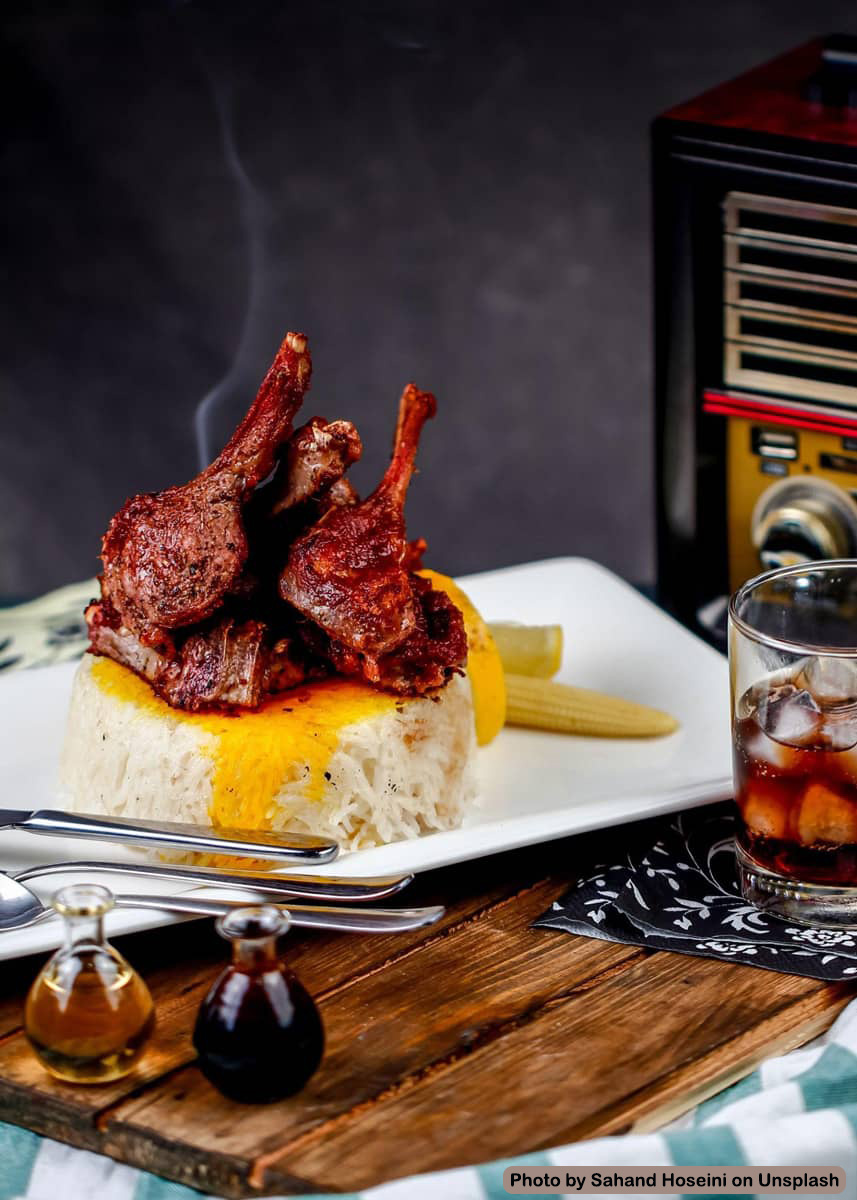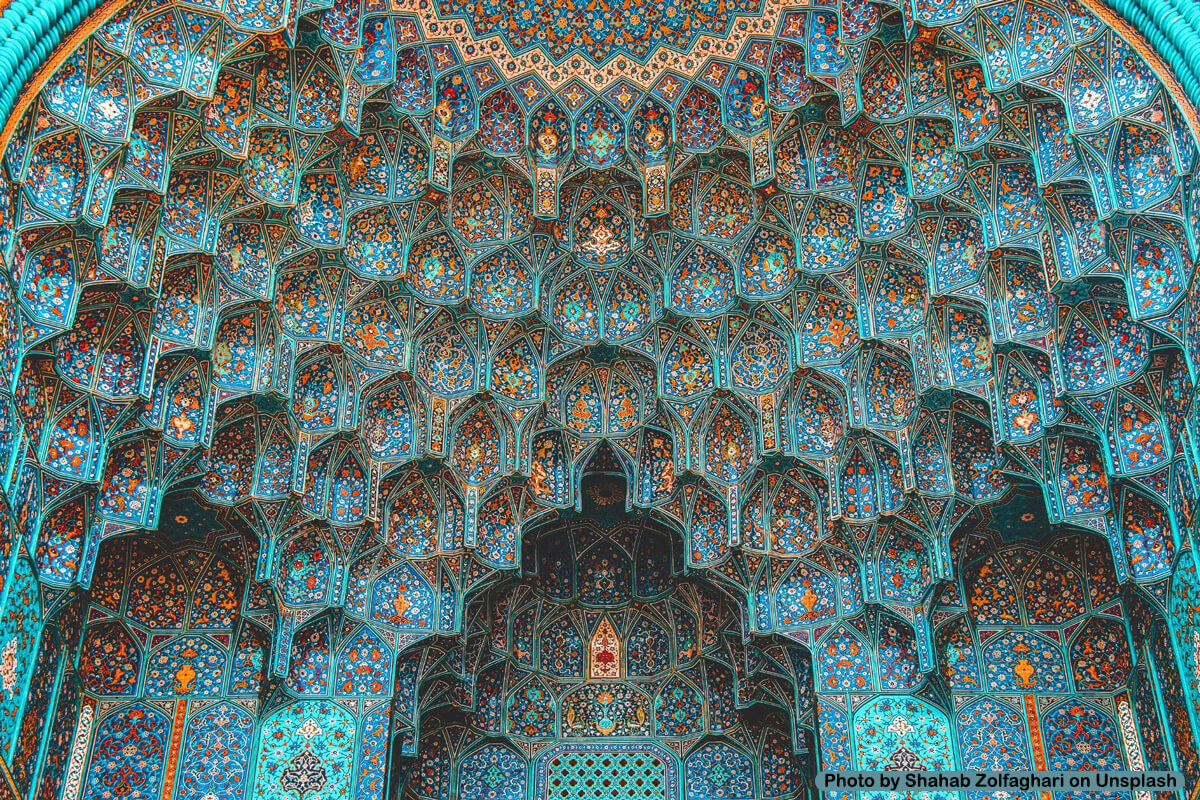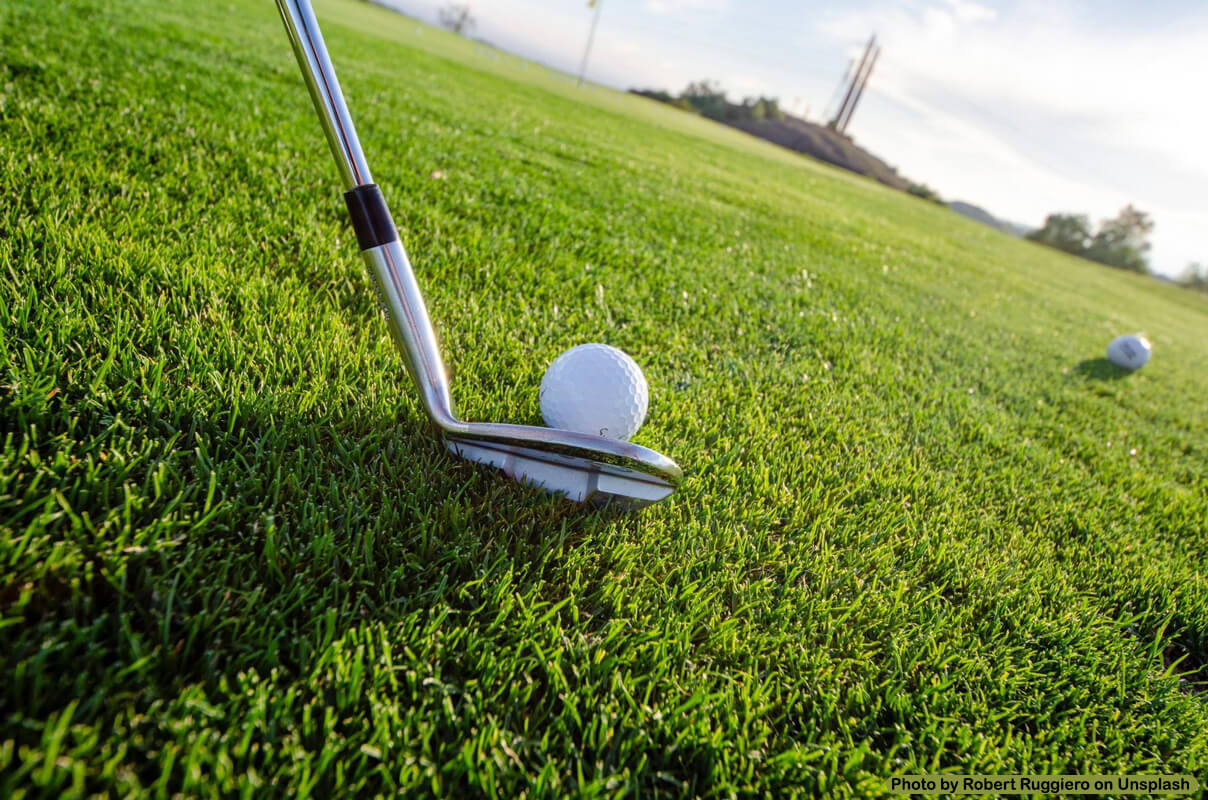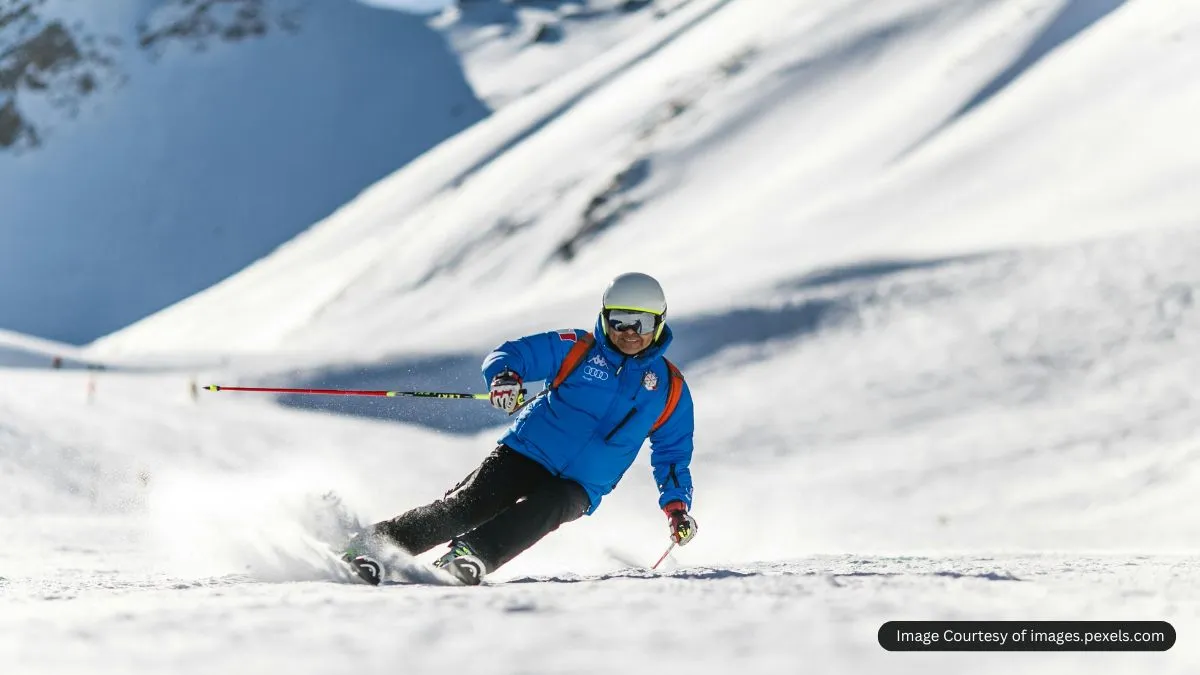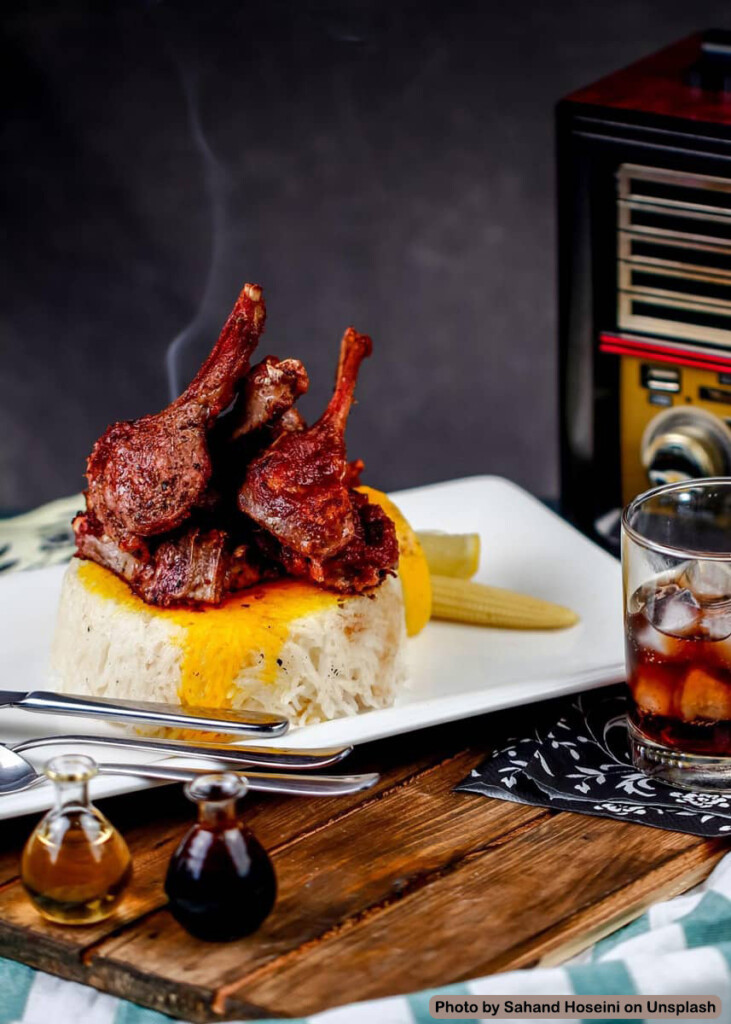
When you ask previous visitors to Iran about their popular dish, it’s not easy to answer. According to “Destination Iran”, the “Brainfall” website, the large variety of local dishes in Iran ranges from street to restaurant foods. Find out more here.
Iran is a foodie’s paradise, with a delicious array of dishes on offer across the country. Whether you’re a meat-eater or a vegetarian, you’ll find something to pique your appetite.
What to have for lunch when visiting Iran definitely sounds much different than your everyday: what should I eat for lunch today. Being in this magnificent country calls for exciting foodie adventures.
Maybe this experience will help you look at your everyday food choices with more excitement. And maybe something so playful as a quiz can contribute to making your choices with much more enthusiasm.
When in Iran, try everything! Traditional, fast, street, sweet – everything! And then – have a sip 🙂
Traditional Food
The traditional food in Iran is a well-balanced mix of meat, vegetables, beans, nuts and fruits served with bread or rice. Some of the most popular dishes are kebabs, stew and soups.
If you are looking for an authentic Iranian lunch, head to a restaurant and order the khoresht-e gheimeh (lamb and split chickpea stew). You can also try fesenjan – a tart, sweet and savory Persian stew containing ground walnuts and pomegranate juice turned with your meat of choice.
Another popular dish is polo – a type of rice in which the ingredients are mixed together and cooked in oil. There are many different kinds of polo, including abkesh, kateh and baghali polo.
Alternatively, you can enjoy a bowl of rice with tadig. Tadig is a crunchy layer that forms on the bottom of the pot when the rice is cooked.
There are many other popular dishes you can try when visiting Iran, but you should make sure to eat plenty of meat, beans, eggs and dairy at all meals. Vegetarian options include Kashk o bademjan (eggplant and whey) or mirza ghasemi (grilled eggplant with egg and garlic).
Fast Food
In the Iranian capital, you can find a number of fast food restaurants. According to TripAdvisor, the best ones are: Burgerland, Arezoo Sandwiches, Barooj Fast Food, Neshat Fast Food, and Perperouk.
There are a number of faux franchises that have popped up in Iran. They try to imitate Western fast food chains enough to draw in customers but not so closely.
Another interesting trend is that some of these imitation restaurants have been opening up in cities where there are no official fast food establishments. These faux-franchises have been spotted all over the country, so it is important to know which restaurant offers reliable and safe food.
Street Food
If you want to taste some local food in Iran, you should consider visiting some of the city’s popular streets. They are packed with different kinds of street foods and snacks.
Some of the most popular street food in Iran include Samosa, Faloodeh, Ash-e Posht-e Pa and Kebab Liver. If you are on a vegetarian diet, Laboo and Baghali may be your best options.
If you travel during the winter season, you can find street vendors in various cities selling warm red beetroot (Laboo) and beans (Baghali) on the carts. The cooked braod beans are flavored with spices. Make sure you warm yourself with these specialties in the cold days.
There are also various types of sweets in Iran. Qutab is one of the most famous Iranian sweets. It consists of two layers: an outer layer that is bread fried in oil and the inner core that is made from powdered sugar, almond powder and rolled egg yolk.
There are also certain fruits that only appear in Iran during specific periods of the year, like greengages. These green plums are sour and juicy, and they taste great when sprinkled with salt. Almonds picked early and soaked in salt are another popular choice. They are only around for a few months, so make sure to grab them while they’re in season!
Specialty Restaurants
Iran is home to a variety of specialty restaurants offering the latest in cosmopolitan cuisine. From Middle Eastern to international fare, there’s something for everyone to enjoy when it comes to lunch in Tehran.
There’s no better way to get a taste of what Iranians eat for their lunch than to try out some of the local favorite dishes. One of the best things to order at a restaurant is kashk bademjan, or fried eggplant dip, which is served with a slice of fresh bread.
You can also find a lot of meaty Iranian soups, such as Bozbash, which is a delicious meat stew cooked with different beans, green vegetables and herbs. Another popular dish is Shole, a thick soup with different legumes, rice and spices.
Besides the meaty dishes, you can also eat a wide variety of vegetable dishes. Vegetables are common side dishes in Persian meals, and a bowl of fresh fruits is often included as well.
Authentic Persian cuisine is all about fresh flavors and textures. It blends the savory herbs and spices with the sweet of pomegranates, barberries and cinnamon to create a taste profile that varies from region to region.
Vegetarian Options
In general, the staples of Iranian cuisine are rice, bread and vegetables. Vegetarian travelers will find a wide variety of meals based on lentils, beans, eggplants, dried fruits and nuts, greens, and vegetables.
Vegetarians can also enjoy Persian vegetable and noodle soup, which is traditionally eaten during religious events such as Ramadan. It is a hearty and filling meal that will leave you feeling satisfied.
There are also a number of traditional side dishes such as yogurt dips, Sabzi-Khordan (a fresh herb platter), and flatbreads. These are often served with main meals and are a great way to introduce yogurt into your diet.
Other popular vegetarian dishes are the roasted skewered eggplant appetizer Mirza Ghaasemi and the eggplant dip known as Kashk-e Bademjan. Both of these dishes are easy to find and very satisfying. Aside from these, there are a number of other delicious vegetarian dishes which are worth trying in Iran.
Eating Out Tips and Etiquette
When eating out in Iran, it’s important to understand the proper etiquette for dining. This includes knowing when and where to sit, how much to drink, and even which foods to order.
You should also be aware of Iranian social etiquette and how to act when dining with friends or family. For example, it is considered impolite to refuse food or drinks when you first come to the table.
It’s also polite to praise your hosts’ home or some decorative item, but don’t go overboard. If you do, it will be interpreted as a sign of snobbery rather than genuine appreciation.
Don’t be surprised if someone offers you a free gift (or several) when you least expect it. It is a common cultural custom to offer gifts to guests in Iran, but you should only give them if you really want to.
Drinks to Try in Iran
Food and drink play an important role in Iranian lifestyle. It is not surprising that there are many delicious options to try when traveling to Iran.
Persian food is a blend of delicate spices, dried fruits and herbs, and is served with slow-cooked stews called khoresh. Often with rice, these dishes are a feast for the senses.
One of the most popular drinks in Iran is chai, which is a hot black tea that is served with a sugar cube. It is a great way to socialize, relax and also relieve fatigue in the afternoons.
Other popular drinks include sharbat, which is a cold and sweet beverage that is made from herbs and fruit. Sharbats come in different flavors including saffron, khak-e shir and tokhm-e sharbati.
Saffron sherbet is another delicious option to enjoy in summer. It is made from a simple syrup and comes in many flavors, including saffron.
Other popular drinks in Iran include ma’o shair, which is a type of Islamic beer with 0.00 percent alcohol. It is a great choice for those looking for an alcohol-free experience while in Iran.






